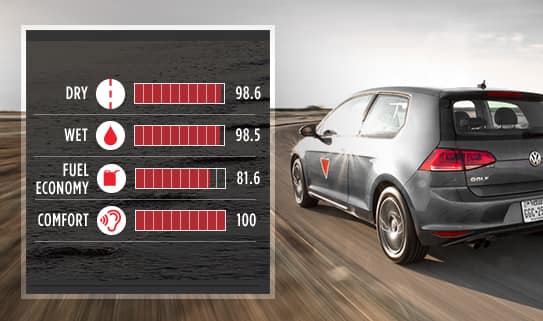Triangle® Mastercard® $150 Bonus CT Money®††. New Cardmembers only. Conditions Apply. Ends May 31.
Learn MoreEarn CT Money®* at Petro-Canada™ and Gas+ this long weekend when you fuel up with Triangle Rewards®. *Conditions apply.
Learn MoreThis paragraph should be hidden..
How to choose tires
Today, tires are developed with leading-edge science to make driving safer and easier.


- TYPE
- TIRE SIZE
- TIRES & WHEELS
- RATINGS
All Season Tires
For safe driving on the road in spring, summer and fall over a wide range of conditions, all season tires are ideal. Despite being called all season, however, they are not certified by the Tire and Rubber Association of Canada for use in winter. That’s because they’re missing the enhanced traction you need for driving in cold temperatures or snowy weather.
Shop all-season tires >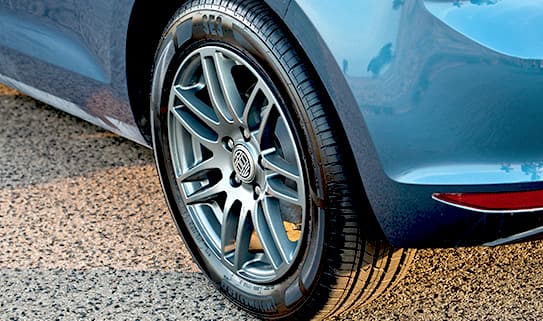
Winter Tires
For more control driving in snow and icy conditions, winter tires are the best choice. When the temperature drops below +7C, the special compounds that winter tires are made of improve traction, stopping and handling. Winter tires are marked with the mountain snowflake symbol, which shows the Tire and Rubber Association of Canada certifies them for use in winter.
Shop all winter tires >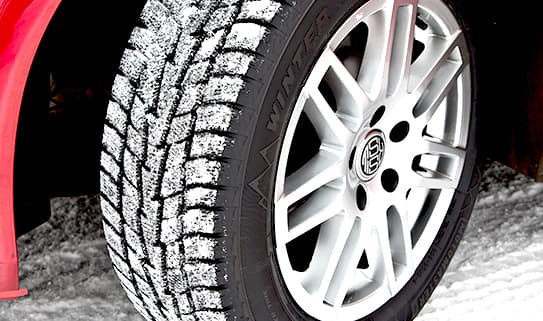
Performance Tires
Performance tires are designed for handling and control. With stiffer sidewalls and very grippy tread compounds, they provide the best traction and cornering in wet and dry conditions. The trade-off is that performance tires don’t last as long as most all season tires.
Shop all performance tires >
All Terrain Tires
If you’re planning to do some off-roading in your light truck or SUV, all terrain tires are a great choice. They have more aggressive tread patterns that increase traction in mud and deep snow. But check to see if the sidewall has a snowflake symbol on it to indicate it’s rated for use in winter.
All terrain tires are built with special compounds that make them tough and durable. However, they won’t provide the same traction and cornering on the road as all season tires. And their large tread blocks can generate a lot of noise at faster speeds.
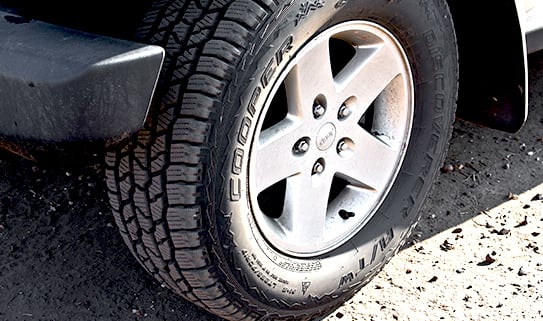
What size do you need?
Your new tires should be the same size as the tires your vehicle came with -- unless you’re interested in a sportier look and feel.
To find out what the standard size of tires is for your vehicle, look on the doorjamb or in the owner’s manual. You can also check the sidewall of your current tires.
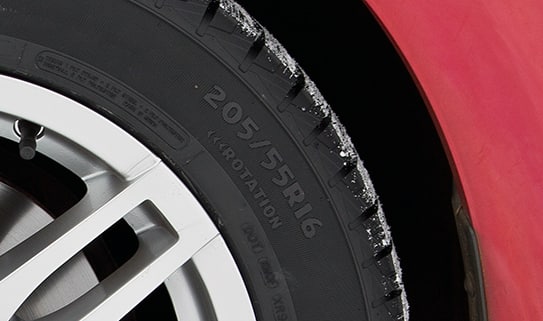
Tires & wheels package
If you want to change the look of your car -- or if you’ll be changing your tires seasonally -- you may want to buy a tires and wheels package from Canadian Tire. Having wheels on both your winter and all season tires will save you money every time you need to switch. Build your tires & wheels package.
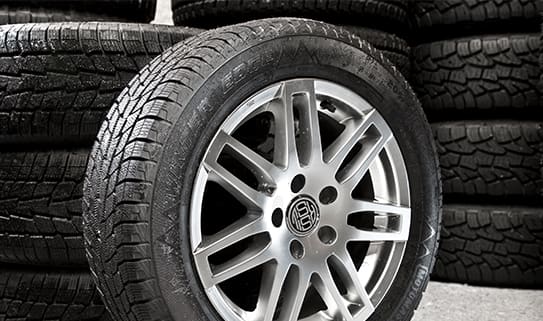
Tires Ratings
Once you’ve narrowed down your tire choices to a few finalists, you can check out how they’ve rated in our tough tire tests.
We test all our tires for dry and wet handling, gas mileage and comfort -- on closed tracks with unbiased experts. The ratings help you compare tires and find the ones that are best for your car or truck, and your own needs. See our tire ratings
